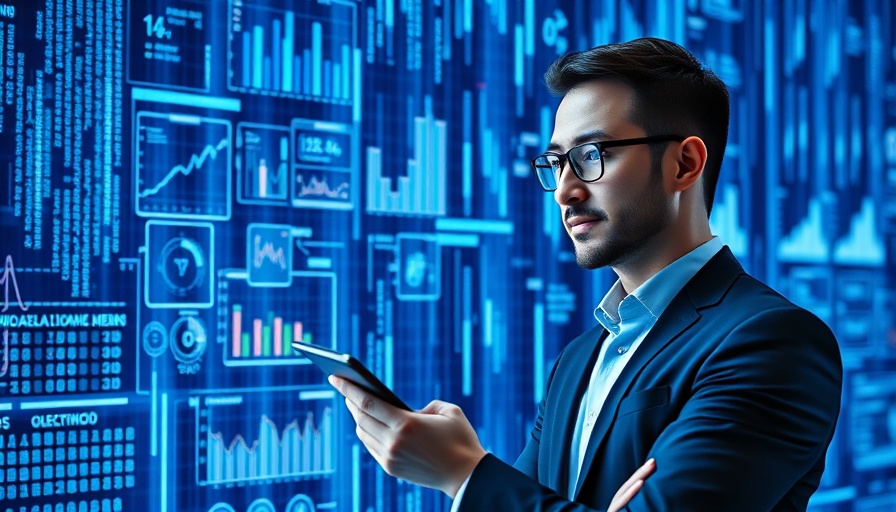
CEOs Push for AI Education's Core Role in Schools
In an intriguing move that highlights the shifting priorities in educational curricula across America, over 250 CEOs have united to sign an open letter advocating for the integration of artificial intelligence (AI) and computer science into K-12 education. This remarkable initiative underscores a growing concern that the United States is lagging behind other nations in preparing its youth for a technology-driven future.
Education Needs to Evolve with Technology
The letter, an open message published in The New York Times, featured prominent figures such as Microsoft CEO Satya Nadella and Etsy CEO Josh Silverman. The CEOs argue that the modern employment landscape demands a workforce skilled in AI and computer science. According to the letter, “Countries like Brazil, China, [South] Korea, and Singapore have already made computer science or AI mandatory for every student.” This particular focus on AI is not merely about fostering interest; it's about equipping future generations with the necessary tools to thrive in an increasingly competitive global market.
Highlighting America’s Competitive Disadvantage
The signatories express their concerns that while other countries advance their educational systems to include these essential tech skills, the U.S. risks falling behind. This is a critical issue as the nation continues to grapple with the implications of automation and AI across industries. The CEOs stress the urgency in ensuring children are prepared to be “AI creators, not just consumers,” emphasizing the need to cultivate a generation that can lead and innovate, not merely follow.
The Impact of Policy on AI Education
The timing of the letter is crucial as the Trump administration lays the groundwork for new U.S. AI policy. As federal programs face budget cuts, the potential risks to fundamental AI research add a layer of urgency to the CEOs’ message. The call for partnerships between industry and academia, as outlined in a recent executive order from the President, aims to promote AI integration across K-12 and higher education. This creates a unique opportunity for businesses and educational institutions to collaborate on initiatives that expand AI learning.
Future Predictions and Opportunities
Looking ahead, the educational landscape could significantly change if these leaders have their way. The demand for tech savvy in the job market is only expected to grow, making it imperative that students receive training in AI and computer science. As industries evolve, students equipped with these skills will have a better chance of securing jobs in the high-demand fields of technology, engineering, and data science. Furthermore, implementing these subjects as core components can instill critical thinking and problem-solving skills that extend beyond technical knowledge.
Emphasizing Collaboration
The collective voice of these CEOs is a call to action not just for schools but for all stakeholders in the educational process. Parents, educators, and policymakers must collaborate to reshape curriculums that meet the modern challenges of a tech-driven society. By investing in future generations' understanding of AI and computer science, the U.S. can ensure students are ready to tackle complex challenges, innovate solutions, and contribute to an evolving economy.
What Can You Do?
As we consider the implications of such an initiative, it’s essential for communities to engage. Parents can advocate for more tech focus in schools while businesses can support educational programs aimed at teaching foundational tech skills. In a world where technology influences every aspect of life, fostering an environment of learning around AI and computer science could be the key to unlocking a prosperous future for today’s students.
Conclusion: A Unified Vision
The open letter from over 250 CEOs reinforces a unified vision for a forward-thinking education system. By prioritizing AI and computer science in K-12 curricula, the nation can secure not only its competitive edge but also empower future generations to lead and innovate. As technology continues to shape our world, it is essential we nurture a workforce ready to embrace and lead these advancements.
 Add Row
Add Row  Add
Add 



Write A Comment